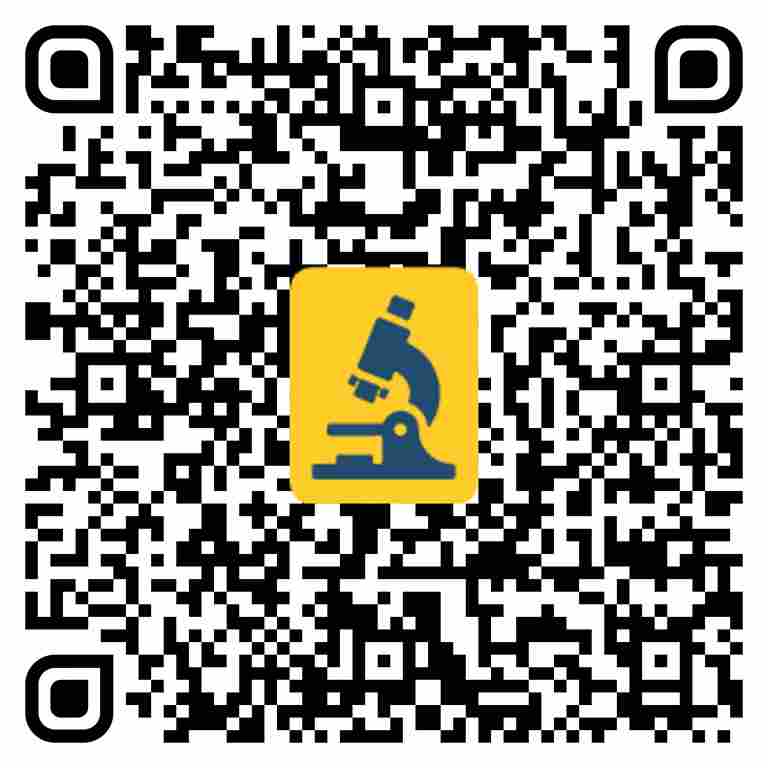
We’ll confirm your booking shortly!
Please provide your number to receive updates.
Enter the 6-digit verification code we just sent you to through SMS. Change Mobile
Tuberculosis, or TB, is an infectious bacterial disease caused by Mycobacterium tuberculosis, most commonly affects the lungs. TB is transferred from person to person via droplets from the mouth and nose. Tuberculosis, is widely classified into two types: pulmonary tuberculosis (which causes lung infections) and extrapulmonary tuberculosis (which causes lung infections with infections in other organs).
While more than 26% of the global TB cases are from India, more than 40% of the population in India carries TB bacteria but may not suffer from TB disease, making it a silent epidemic. What causes TB infection to turn into TB disease is low immunity.
Patients with other diseases like HIV, diabetes, etc. that lead to low immunity have a higher chance of contracting TB. The most common cause of death in HIV patients is tuberculosis.
The Prime Minister announced a plan to eliminate tuberculosis in India by 2025. Under the Pradhan Mantri Tuberculosis (TB) Mukt Bharat Abhiyaan, the government provides additional patient support, augments community involvement, and leverages corporate social responsibility.
Skin Test:- The skin test is also called the Mantoux tuberculin skin test. While conducting the test, inject a small amount of fluid into the skin of your lower arm. After two or three days, the arm will be checked for swelling. If the test is positive, there is a probability that your system contains TB bacteria. Though there are chances of a false positive in the skin test. If you have been injected with a tuberculosis vaccine called Bacillus Calmette-Guerin (BCG), it might produce a false positive result.
You might not show any signs if you have tuberculosis. This is why pathogenic microorganisms can live in your body without making you sick. In fact, the majority of TB patients are able to combat the infection before it spreads. This infection is referred to by doctors as "latent TB."
The symptoms of tuberculosis might include weight loss, chest pain, and tiredness. Night sweats, fever, and loss of appetite have been seen in the patients. Some patients also notice a persistent cough with sputum and blood in the sputum.
Active tuberculosis cure is the combination of antibiotics for a prolonged period to reduce the risk of resistance.
You have a drug-resistant strain of TB if it does not react to the common drugs used to treat it. This means that a cocktail of second-line medications, which might be less effective, will be used to treat you. Some medications must be taken for a longer period of time.
Like any other medication, tuberculosis medication can cause some side effects. The side effects of the medication can include numbness and tingling, an upset stomach, nausea, and vomiting. Lack of appetite and weakness are also seen as side effects.
A tuberculosis vaccine called Bacillus Calmette-Guerin (BCG) is given in countries where TB is common. Doctors recommend it only for children living with someone who has active tuberculosis of a drug-resistant strain and is unable to take antibiotics.

When the disease is present in the lungs, a person can transmit it through the air. The term "active" refers to the TB bacteria growing and spreading within your body. You can catch it if you're in close proximity to someone who already has it. Therefore, until they are no longer contagious, doctors advise people with active TB disease to confine themselves to their homes and avoid contact with others as much as possible.
If you suffer from tuberculosis, you need to get treated right away. The tuberculosis cure might include taking prescribed medication for six to twelve months.
Let us strive to make the silent epidemic not so silent! Get tested to keep yourself and your loved ones safe. Book your test with Pathkind Labs today!
Discover precision diagnostics with Pathkind Labs, a trusted name in diagnostic services in India. Our NABL accredited labs, equipped with advanced technology, are staffed by a certified team of over 200+ senior pathologists and 2000+ technicians. From tailored health check-ups to specialized tests in Oncology, Neurology, Gynaecology, Nephrology, and more, we've got your health covered. Skip the hassle with online booking for tests or check-ups, available for both lab visits and at-home blood collection. For a seamless experience and early detection, choose Pathkind Labs in Gurugram. Book your appointment today and experience diagnostics made easy.
© 2025 Pathkind Diagnostics Pvt. Ltd. All Rights Reserved | Unsubscribe
